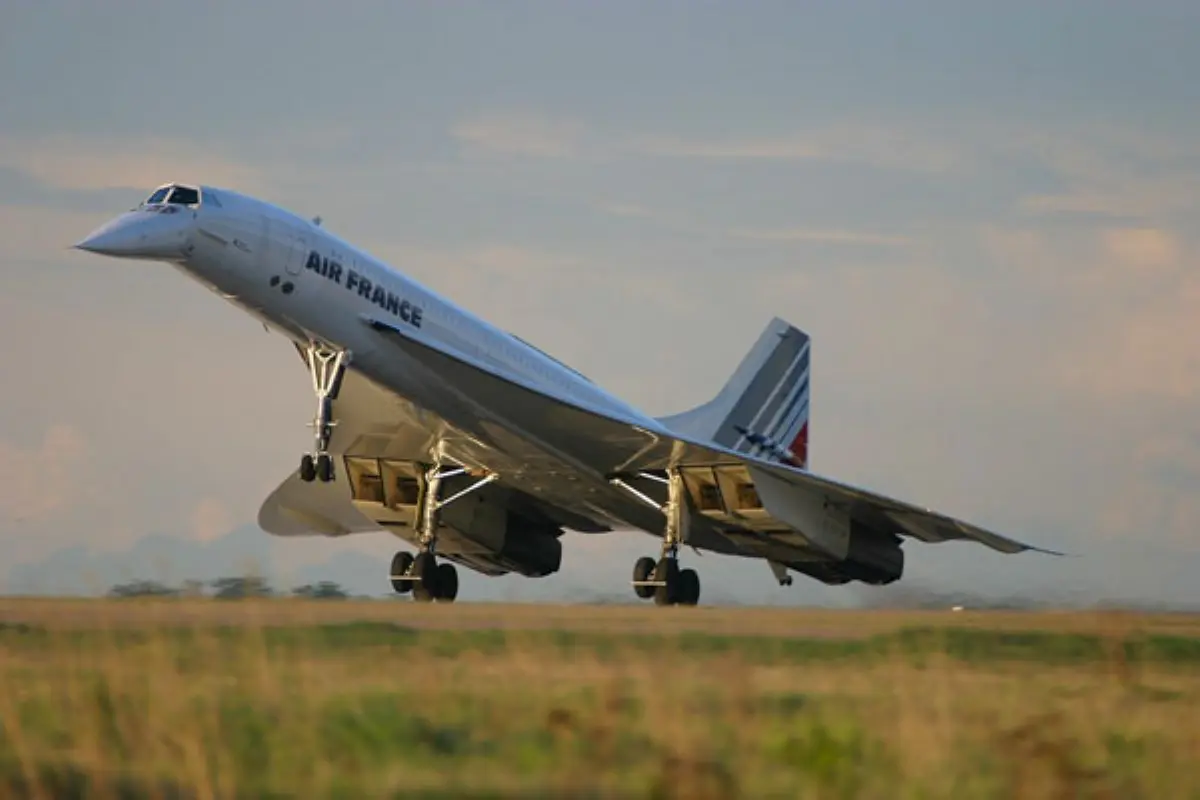
The fatal accident that retired the Concorde airplane
24 years after the tragedy in France in which 113 people lost their lives -VIDEO

About 100 passengers, nine crewmembers (including two pilots and six flight attendants) and four people on the ground in a hotel had died. This is the death toll of the accident involving the Concorde plane (registration F-BTSC) operated by the Air France company, which on 25 July 2000 crashed into the ground immediately after take-off from the runway of the "Charles de Gaulle" international airport in Paris, France.
It was 2.44pm. The sky was clear. A calm afternoon like many others for Commander Christian Marty, 54 years old, who was piloting the aircraft that was supposed to reach the US "John Fitzgerald Kennedy" airport in New York in about four hours of flight (flight AF4590). Together with him in the cockpit were two other people: first officer Jean Marcot, 50, and flight engineer Gilles Jardinaud, 58.
At the moment of take-off the plane was photographed by some aviation enthusiasts. After it took off, flames could be seen coming out of the left wing. The plane was continuing its flight in the sky emitting a long trail of fire. At a certain point the aircraft, progressively losing altitude, crashed into a hotel in the town of Gonesse, south-west of Paris airport. The pilots were desperately trying to reach Paris-Le Bourget stopover to make an emergency landing.
The Bureau d'Enquêtes et d'Analyses pour la Sécurité de l'Aviation Civile (BEA), in its final report published on 16 January 2002, had established this: a strip of metal was lying on the take-off runway (which had fallen from the a DC-10 plane operated by Continental Airlines which left five minutes earlier) and slashed a tire of the Concorde running at full speed on the asphalt. If the pilot had aborted the takeoff, the plane would have gone off the runway, causing the landing gear to collapse, resulting in the aircraft crashing.
On November 26, 2003, the Franco-British consortium British Aerospace withdrew the Concorde supersonic aircraft from the skies. It's been over 20 years since you could fly between New York and London in under four hours. Now, however, several manufacturers and airlines are investing millions of dollars in the effort to build jets that are just as fast but more efficient, cleaner and more economical. Some of these ideas could see the light of day by 2030.
Below, the video:
AVIONEWS - World Aeronautical Press Agency